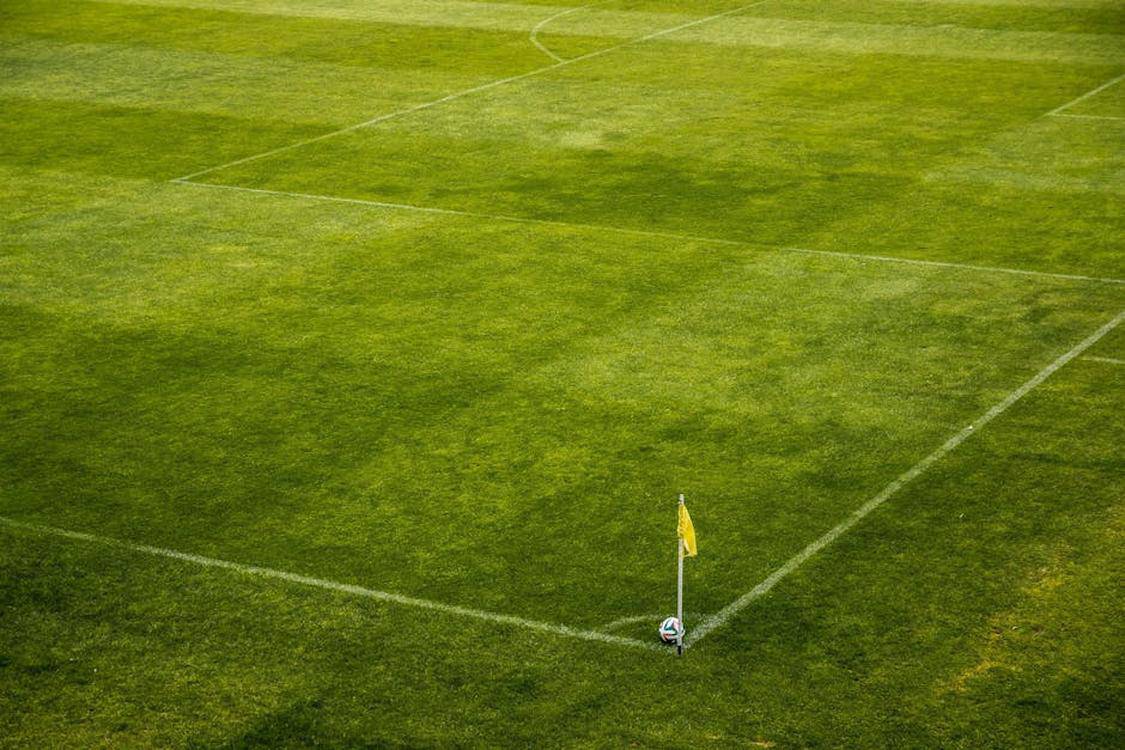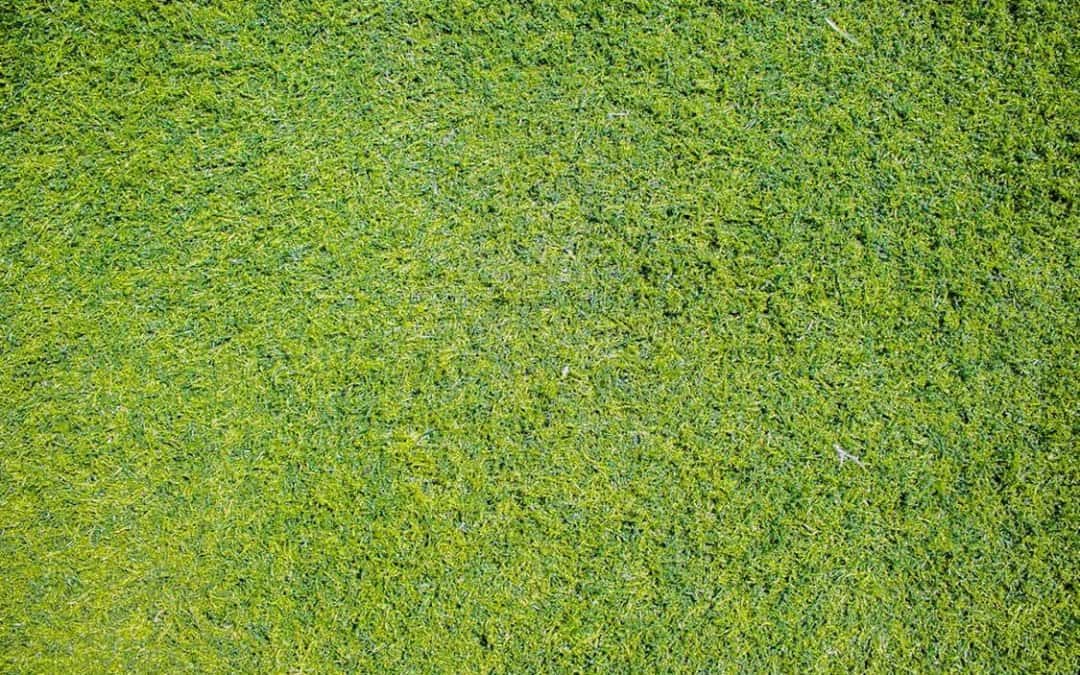Artificial grass offers a green, lush landscape that reduces maintenance needs. Its durable synthetic fibers and sturdy backing stand up to heavy foot traffic, pets, and weather conditions, delivering value over time.
However, upfront costs can be prohibitive for many property owners. Fortunately, strategic planning and negotiations can mitigate expenses without compromising quality or reliability.
Cost of Materials
Artificial grass installation requires the use of a variety of materials that can costs roughly $5,000 – $18,000. The cost of these materials affects the overall project price, as well as the upkeep costs. Some of the main factors that influence these costs include the type of turf material, base materials, weed barrier, irrigation, and other site preparation expenses. Homeowners should consider the benefits of artificial grass in terms of added home value, reduced maintenance costs, and the return on investment that they can expect from the investment.
The type of turf material plays a big role in the initial price of an artificial lawn. The most common turf materials are nylon, polypropylene, and polyethylene. Each of these turf types has a unique set of properties that may work better for certain locations or needs. The initial cost of each type also varies, with nylon being the most expensive and polypropylene being the least.
Some types of turf require additional materials to install, such as sand or rubber. These materials are usually purchased separately from the artificial grass itself and can add up to significant costs. Homeowners should consult with their landscaping pro to determine the best materials for their project, ensuring that they are aware of these extra costs and have them included in the overall quote.
Another factor that can increase the cost of an artificial lawn is the need to remove existing dirt and grass before the new turf is installed. Some pros will include this cost in their labor quote, while others will charge for it as an additional expense. This can be particularly costly for projects that involve curved or irregularly-shaped areas.
Some homeowners may choose to purchase their own materials, which can lower their initial costs. However, this can be risky as many DIYers run into issues that can cost them more in the long-run. These issues include improper drainage, weed growth, and turf damage. By choosing to hire a professional landscaper, homeowners can avoid these additional costs. This will help them save money and ensure that their turf has a long-term positive impact on the home’s value.
Cost of Installation

Most homeowners will want to have some landscaping done with their new turf lawn. This can include new flower beds, trees, mulch, or other features. These services may not be included in the artificial grass installation pricing from your contractor, as it is typically charged on a per-project basis.
If you choose to have landscaping installed along with your artificial turf, you will need to pay for the labor and materials required to install them. These expenses can be quite significant, and they will increase the overall cost of your project.
Artificial turf requires less maintenance than traditional lawns, which can save you a lot of time and money. This is especially true if you do not have to buy gas for your lawnmower or use electricity to power an edger. In addition, synthetic grass does not require any fertilizer or pesticides. This can help to reduce your carbon footprint and environmental impact.
A weed barrier fabric is often recommended to prevent weed growth underneath the synthetic grass. This can be purchased for around $90 a roll, and it is typically installed on the ground before laying down the grass.
Depending on the type of grass you have chosen, you may also need to add infill material to help with the cushioning and durability of your turf. The most common infill material is rubber, which costs about $0.32 a square foot. This can be a good choice for homeowners with pets, as it will absorb pet urine and help to reduce foul odors.
The base of your synthetic lawn is crucial for proper drainage and stability. This can be created using a variety of materials, including gravel, type 1 road base, or decomposed granite. The price of these materials varies by region.
It is possible to do a DIY artificial grass installation, but it is best left to experienced professionals. Mistakes made during the installation can lead to drainage problems, mold, mildew, and other costly issues. A pro will also know how to deal with these issues in a quick and efficient manner.
Cost of Infill Materials
Whether a homeowner opts for synthetic turf or natural grass, upfront costs will vary greatly based on installation methods and materials. For example, a professional installation using industry standards will result in more expensive labor and specialized equipment than an amateur install with shoddy techniques. Additionally, the choice of infill materials can significantly impact initial expenses and long-term maintenance costs, warranting careful consideration based on project goals and performance expectations.
While the initial investment may be higher, an artificial lawn can save homeowners money over time due to the significant savings associated with reduced water usage, mowing and fertilizing costs. Moreover, the durability and versatility of these turf systems enable them to withstand extreme weather conditions, which often damage or kill natural grass.
As a result, many individuals choose to invest in artificial landscaping solutions to avoid the high cost of maintaining a natural yard. With proper care and maintenance, an artificial lawn can last for 10 to 20 years.
Artificial turf is also a great alternative for homeowners in regions with harsh climates, such as the American Southwest. Droughts and freezing temperatures can damage or kill natural grass, leaving homes with brown patches and muddy areas. In contrast, artificial grass remains luscious throughout the year, saving homeowners from the hassle and expense of mowing, watering and fertilizing.
Depending on the type of turf used, homeowners can expect to spend anywhere from $2 to $6 per square foot for the material itself. The most popular choices include nylon, polypropylene and polyethylene turf. Nylon is the most durable and highest-quality option, while polypropylene and polyethylene turf have a more natural appearance and are softer to the touch.
In addition to the actual turf, homeowners will need to purchase a weed barrier, gravel, and 3/8″ road base. These items can be purchased from a local landscaper or online. In addition to preventing weeds from growing through the surface, these materials provide a more stable and supportive foundation for the grass.
A common misconception is that homeowners can avoid these costs by skipping the weed barrier and using decomposed granite or mulch instead. However, this shortcut will result in a weedy mess underneath the turf and can potentially compromise the longevity of the system.
Cost of Labor
Artificial turf installation requires specialized tools, equipment, and skills. While doing it yourself is possible, hiring a professional will ensure that the job is done correctly and with the right materials. It also provides a warranty and a contact in case problems arise with your new lawn. A professional will advise you on the best type of blades, drainage, foundation, and infill materials for your needs. This will help you get the most out of your investment.
The installation process can take up to two days and includes digging, leveling, and grading the yard. The amount of work required depends on the size and shape of your yard. Larger yards will require more excavation, which can increase the cost. If the yard is uneven, a sub-base will need to be installed before the artificial grass can go down. This can cost between $25 and $100 per cubic yard.
A weed barrier is necessary to prevent weed growth in the synthetic grass. It can cost $0.30 to $0.70 per square foot. A sand base can also be used, but it will need to be compacted and may cost an additional $100 per cubic yard. The seams on the turf will be sealed with either adhesive seam tape or tacks. Tacks cost $0.35 each while seam tape costs $90 for a roll.
Homeowners in drought areas can benefit from the installation of fake grass by saving money on water bills. Some local municipalities offer rebates of up to $2 per square foot to homeowners who remove their natural lawns and replace them with water-efficient landscaping, including artificial turf.
The type of turf and infill used will determine the final price for your project. Many installers can provide a detailed estimate for each step of the installation. Other factors that can influence the total price include geographic location, yard size and shape, turf material and brand, labor, weed barrier, irrigation, preparation, and cleanup. It is important to ask your artificial turf installation company for a full breakdown of the total cost so you can compare prices.




